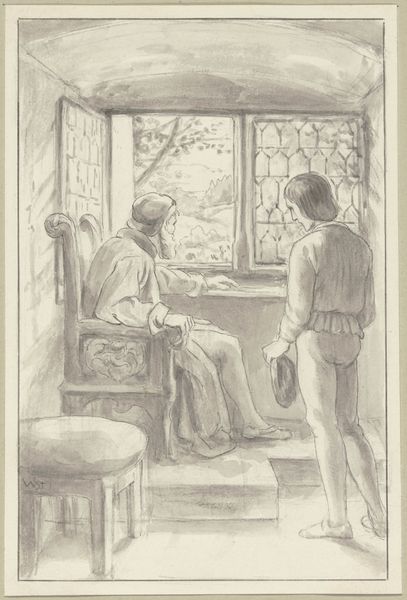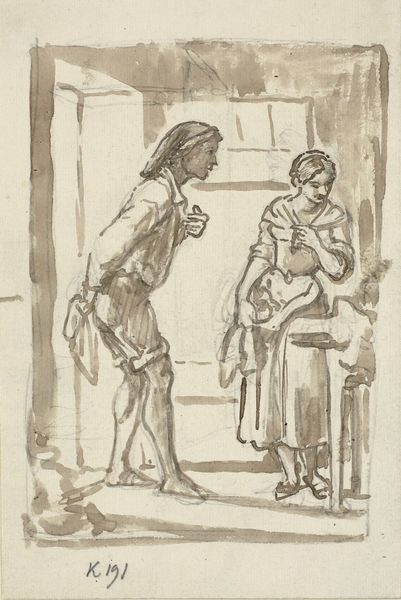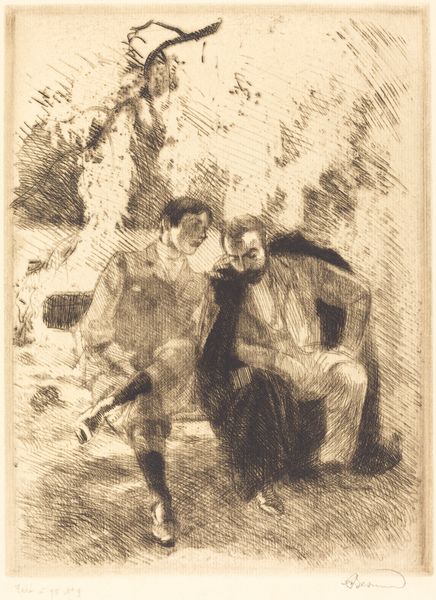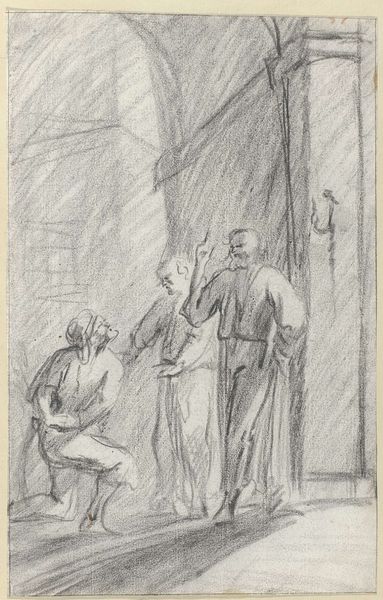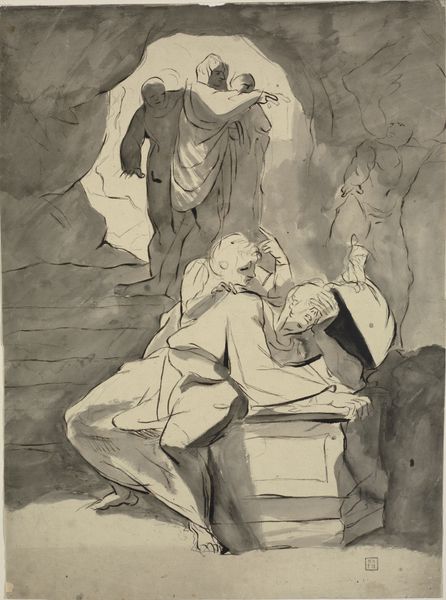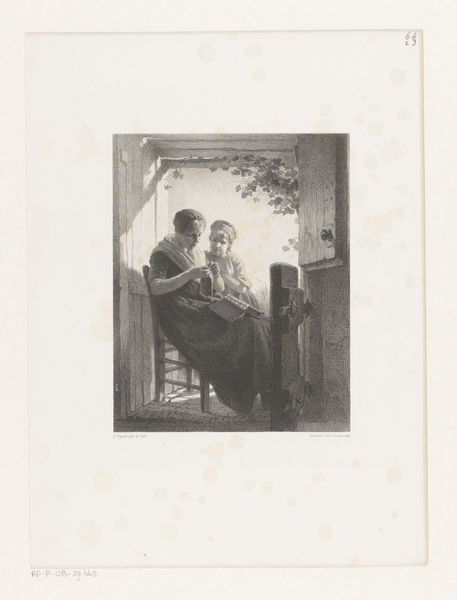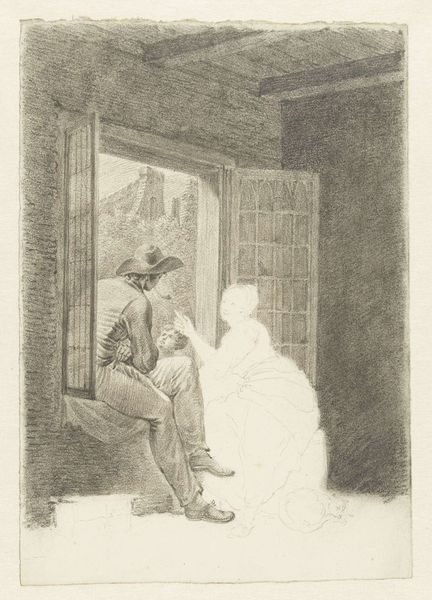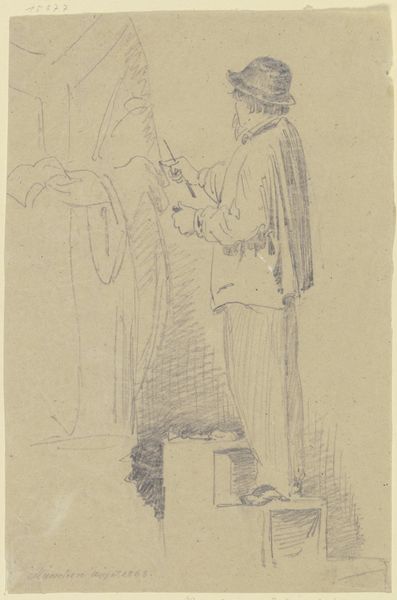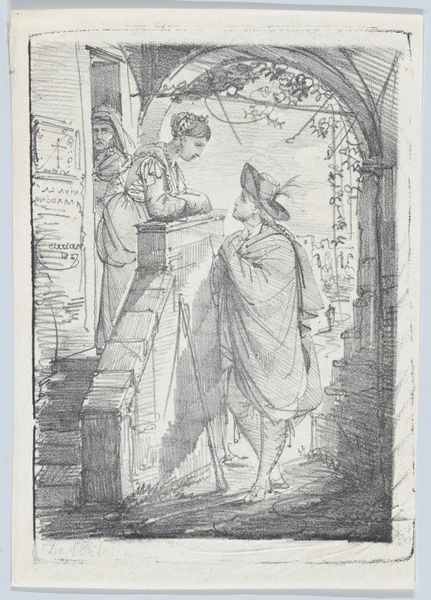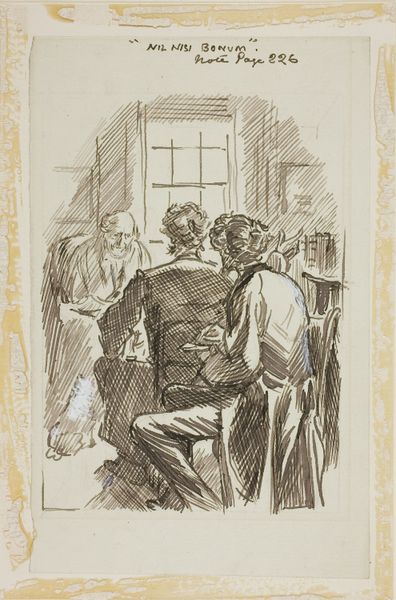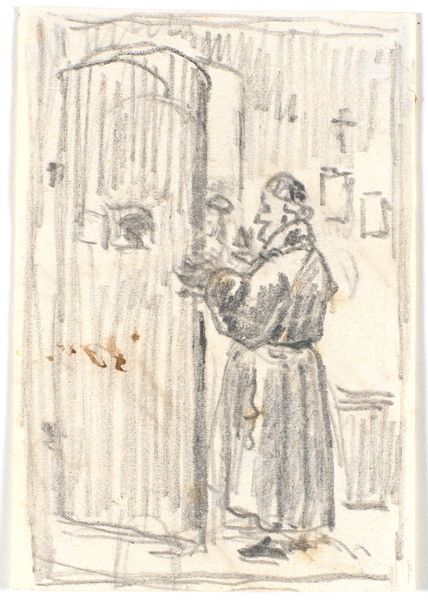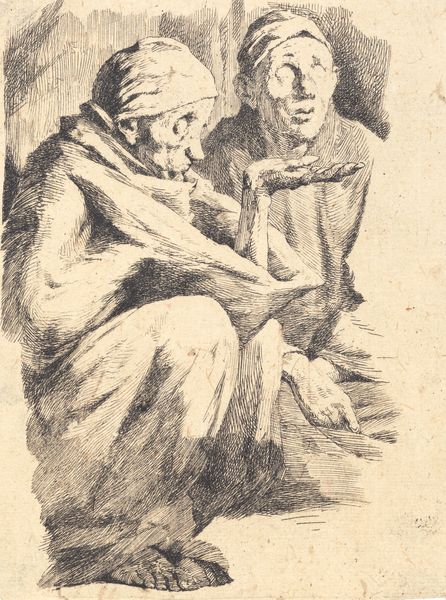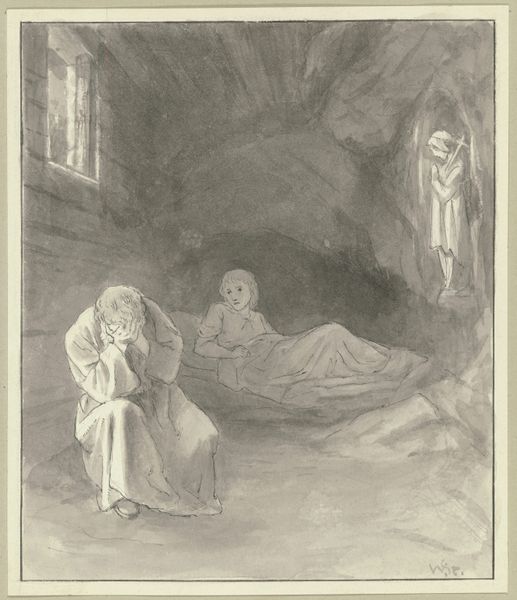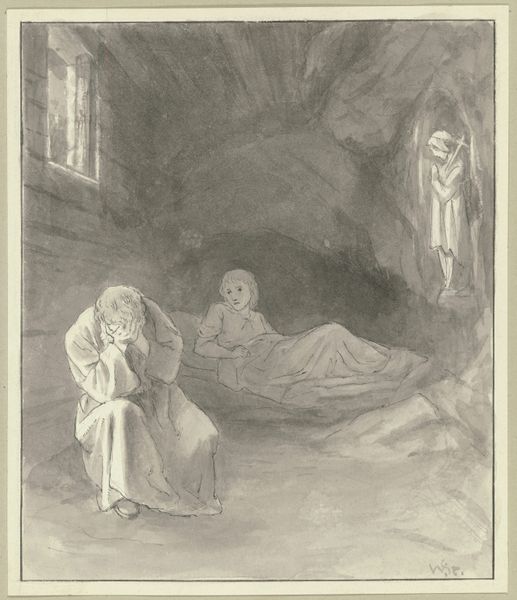![Diethers Verhör vor dem GrafenIllustration zu_ Heinrich Steinhausen, „Irmela. Eine Geschichte aus alter Zeit“, Prachtausgabe, Leipzig_ Georg Böhme, [1884], S. 47 by Wilhelm Steinhausen](/_next/image?url=https%3A%2F%2Fd2w8kbdekdi1gv.cloudfront.net%2FeyJidWNrZXQiOiAiYXJ0ZXJhLWltYWdlcy1idWNrZXQiLCAia2V5IjogImFydHdvcmtzL2UwYzQ1OWRlLTdmYTUtNDJmMC1iNDg0LTA0OTU0N2Q4ODRhYS9lMGM0NTlkZS03ZmE1LTQyZjAtYjQ4NC0wNDk1NDdkODg0YWFfZnVsbC5qcGciLCAiZWRpdHMiOiB7InJlc2l6ZSI6IHsid2lkdGgiOiAxOTIwLCAiaGVpZ2h0IjogMTkyMCwgImZpdCI6ICJpbnNpZGUifX19&w=3840&q=75)
Diethers Verhör vor dem GrafenIllustration zu_ Heinrich Steinhausen, „Irmela. Eine Geschichte aus alter Zeit“, Prachtausgabe, Leipzig_ Georg Böhme, [1884], S. 47 c. 1884
0:00
0:00
drawing, paper, ink, pencil, chalk
#
portrait
#
drawing
#
caricature
#
paper
#
ink
#
pencil drawing
#
pencil
#
chalk
#
portrait drawing
#
genre-painting
#
academic-art
Copyright: Public Domain
Editor: So, this drawing is "Diethers Verhör vor dem Grafen," or "Diether's Interrogation Before the Count," by Wilhelm Steinhausen, around 1884. It's done with pencil, chalk, and ink on paper. I’m struck by the contrasts in texture between the count’s robe and the smoother look of the younger man's clothing. What's your perspective on this work? Curator: From a materialist point of view, consider the choices Steinhausen made in process. The blend of pencil, chalk, and ink points to an artistic practice where delineations between "preparatory sketch" and "finished work" become blurred. Think about the socio-economic implications: paper was relatively accessible, yes, but the mastery of drawing… what kind of training was involved, and who had access to it? Is the use of accessible materials a commentary of the artist on this scene being depicted? Editor: That’s interesting! So, by focusing on the materials themselves, we can consider who was excluded or included from the process of artistic production at that time? Curator: Precisely. Consider the labor involved. How long did this drawing take to produce? And what's the social context surrounding book illustration in the late 19th century? The 'Prachtausgabe' or 'deluxe edition' suggests a certain level of commodification, doesn't it? Think of the artist himself…where would he be placed in society and why? Editor: Definitely. It’s also interesting to see how such accessible materials result in an image that tells such an opulent story, almost ironically. Curator: Exactly! The raw materials, put in the hands of a skilled and, presumably, trained artist, create this portrayal of nobility. Are we meant to question that very portrayal by witnessing the humble means of its creation? That is precisely the discussion that analyzing the materiality can encourage! Editor: I’m starting to look at drawings differently now. It's fascinating to consider how materials and the process can reveal so much about society and class structures of the era. Curator: Agreed. Shifting our gaze toward production forces us to look beyond the surface and ask more probing questions about the relationship between art, labor, and social standing.
Comments
No comments
Be the first to comment and join the conversation on the ultimate creative platform.
